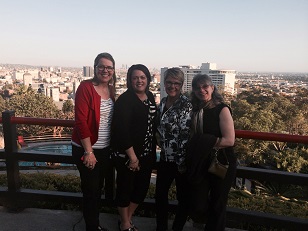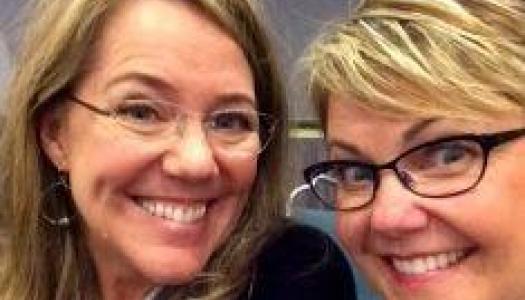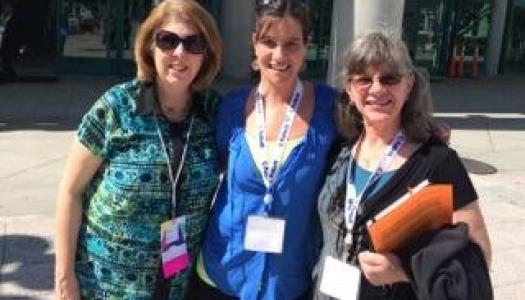ASCD 2014–Reflections and Realizations
Join Our Community
Access this resource now. Get up to three resources every month for free.
Choose from thousands of articles, lessons, guides, videos, and printables.

Have you ever taken a class or attended a workshop and learned so much that your head hurt? That is how I felt after the first day of ASCD! I was able to spend four days with thousands of brilliant educators all joining together to deepen their learning and do what is best for kids. It was amazing!
It would be impossible to share all my learning in a short article, but I will share some gems I picked up during my time there.
-
We must be able to tell the difference between a mistake and an error. When a learner makes a mistake, he understands what he did wrong and knows what to do next. When a learner makes an error, he does not know what to do next and needs further instruction. As teachers, we must be able to distinguish between the two so we don't waste valuable instruction time with mistakes (Fisher & Frey, 2014).
-
Attunement helps with effectiveness. Can we get out of our heads and see situations from others perspectives? Can we meet them where they are instead of trying to get them to come to us? Feeling powerful causes us to function heavily from our own perspectives. Feeling powerful has the ability to blind us. To increase our effectiveness, we must decrease our feelings of power and level the playing field. Always be willing to look at the world through the eyes of someone else (Pink, 2014).
-
Kids need to be able to run their own brains and choose their own thoughts. Stress is about your perception of control over life. When kids have choice, they feel their voices are heard and therefore find they have more control over their lives (Jensen, 2014). Give choices, but give choices you are okay with.
-
To promote professional learning, you have to change the culture. You can change the framework, but you have to change the culture around it, too, or it will never work (Danielson, 2014).
-
We must set and communicate lesson objectives. Connecting your content to prior learning or real-world examples helps to give students a purpose for learning. When you make the objective clear to learners, you increase the likelihood that they will meet the target (McBride, 2014).
These are just a few of the many, many gems I came home with. Some of them I knew and practiced regularly before attending, some I knew and upon reflection realized I needed to refocus my effort on improving, and others were new learning/insights that I will continue to reflect upon and process in the days ahead.
References
Danielson, C. (March, 2014). Teacher evaluation and development in the common core era. Poster session presented at ASCD annual conference, Los Angeles.
Fisher, D. & Frey, N. (March, 2014). Using formative assessment to meet the demands of the common core. Poster session presented at ASCD annual conference, Los Angeles.
Jensen, E. (March, 2014). Teaching and engaging with poverty in mind. Poster session presented at ASCD annual conference, Los Angeles.
McBride, W. (March, 2014). Simplifying common core text complexity. Poster session presented at ASCD annual conference, Los Angeles.
Pink, D. (March, 2014). Leadership and the new principles of influence. Poster session presented at ASCD annual conference, Los Angeles.







